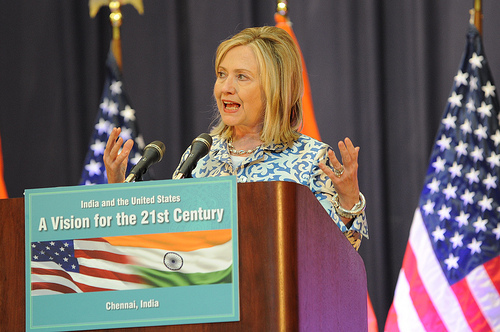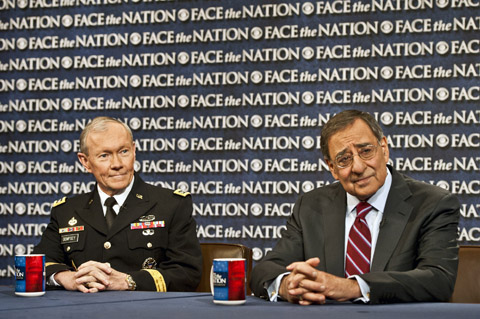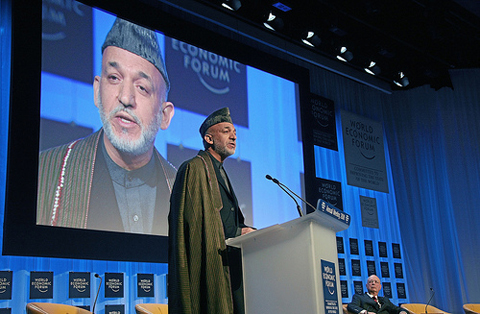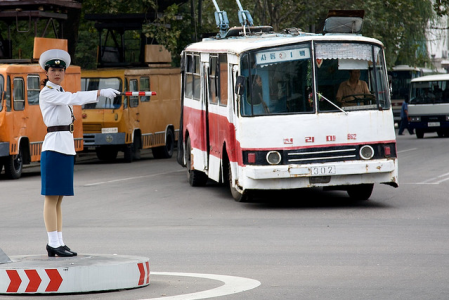
There is a conundrum at the heart of the Obama administration’s “pivot” toward Asia, at least as it relates to India. The US is eager to extricate itself from military conflicts in the Greater Middle East (Iraq and Afghanistan) so it can focus on a region where, as President Obama put it, “the action’s going to be.” Shoring up the US strategic posture in East Asia amid China’s ascendance will entail a deepening of geopolitical cooperation between Washington and New Delhi. But the quickening withdrawal from Afghanistan will increase bilateral frictions, pushing relations in the opposite direction.
The Pentagon’s just-released strategic guidance paper calls for “investing in a long-term strategic partnership with India to support its ability to serve as a regional economic anchor and provider of security in the broader Indian Ocean region.” Both Obama during his visit to India in November 2010 and Secretary of State Hillary Clinton during her trip last summer have called on New Delhi to play a more active strategic role in East Asia.





 Next Tuesday, July 19th, ISN partner organization the
Next Tuesday, July 19th, ISN partner organization the